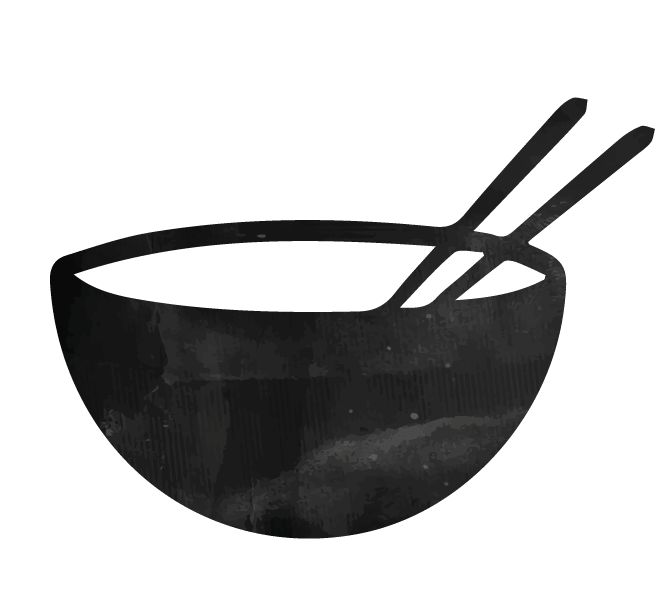-
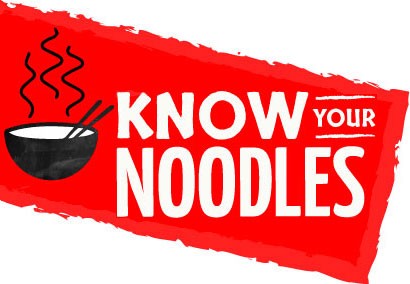
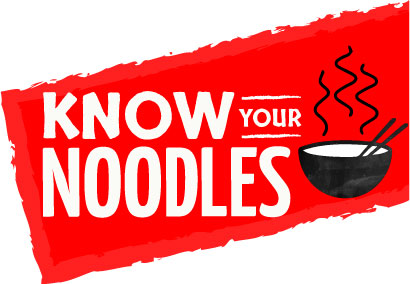
Asian noodles come in all shapes and sizes consisting of strands that vary in shape, width, and length (FYI: long noodles symbolize longevity). They can be thin straight sticks, flat strands, round strands, and wavy strands.


-
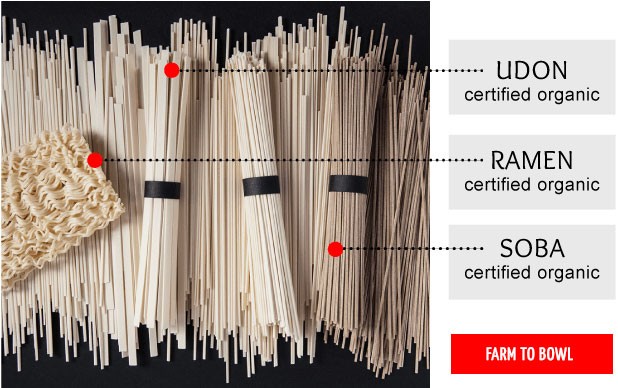
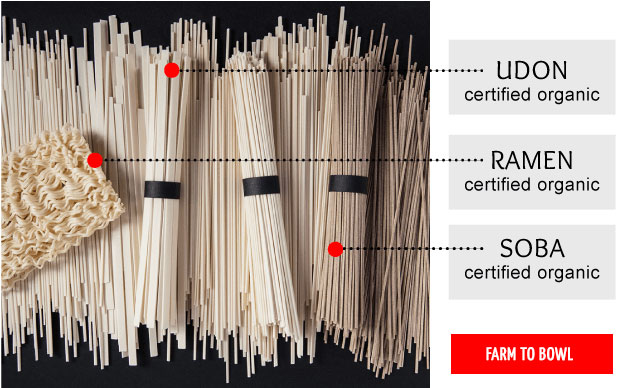

-
7-8 minutesUDON

SHAPE:
Usually round, though sometimes oblong or square. Most varieties are about 12 inches long.TEXTURE:
Dense and chewy.HOW THEY'RE USED: Often the centerpiece for hot soups, brothy Asian "casseroles," or the base of a large bowl with toppings of meat and vegetabl toppings with a light soy sauce.
Also called: U-Dong (Korean) = kal guksu (Korean) . Cuisine types: Japanese
7-8 minutesSOBA

SHAPE:
Long, thin and round, with a beige or light brown color. The noodles come in serving-sized bunches, often with a ribbon around them. They are straight sticks like short spaghetti, about 8 to 10 inches long.TEXTURE:
Firm with an almost meaty texture that retains some bite even after cooking. Taste: Nutty flavorHOW THEY'RE USED: Often the centerpiece for hot soups, brothy Asian "casseroles," or the base of a large bowl with toppings of meat and vegetable toppings with a light soy sauce. Also called: U-Dong (Korean) = kal guksu (Korean) . Cuisine types: Japanese
-
7-8 minutesRAMEN
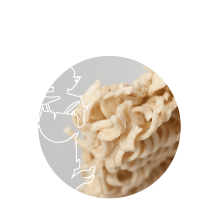
SHAPE:
When sold dried, the noodles are compressed into a brick. As they cook they unfurl to about 12 inches long, with wavy kinks and curls.TEXTURE:
Springy to the teeth, but that texture will soften after prolonged exposure to water. Ramen fans slurp their noodles as fast as possible to taste them at their textural best.HOW THEY'RE USED: Slurped in soup or broken up and eaten "raw" in salads or as a quick snack. Cuisine types: Japan (though Chinese-inspired), where there are over 20 regional and textural styles of ramen noodles.
